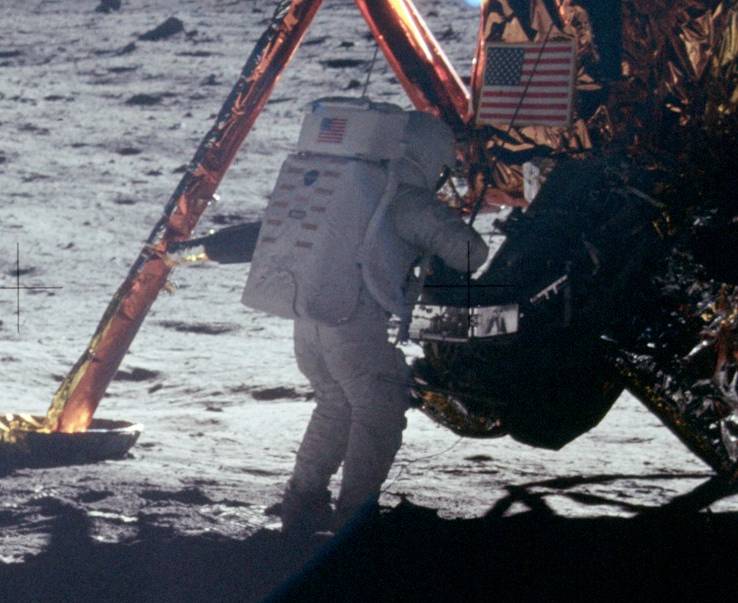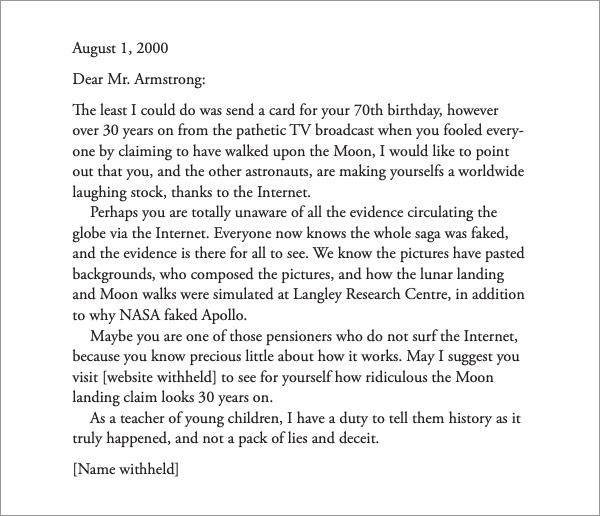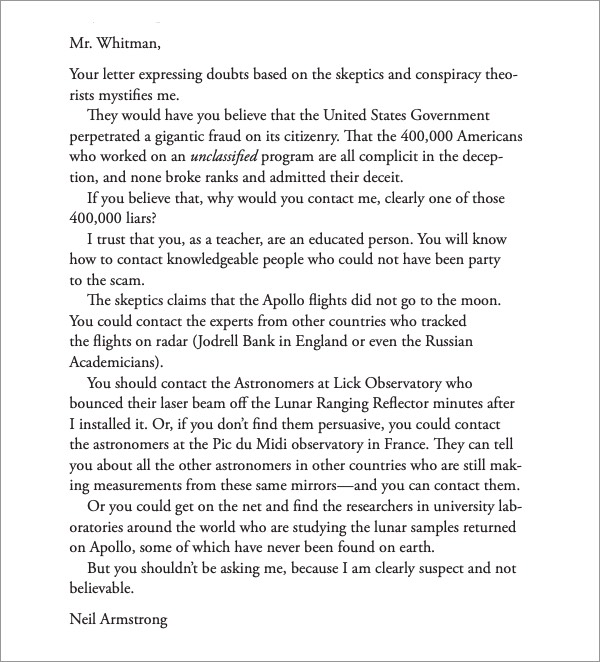As every grade schooler knows (and delights in working into conversation), cows have a tendency towards flatulence. At first this just deterred kids from going into animal husbandry, but now those kids have come to associate the phenomenon of farting livestock with a larger issue of interest to them: climate change. From cows’ rear ends comes methane, “one of the most harmful greenhouse gases and a major contributor to climate change,” as Adam Satariano puts it in a recent New York Times article on scientific research into the problem. “If they were a country, cows would rank as the world’s sixth-largest emitter, ahead of Brazil, Japan and Germany, according to data compiled by Rhodium Group, a research firm.”
For some, such bovine damage to the climate has provided a reason to stop eating beef. But that’s hardly the solution one wants to endorse if one runs a company like, say, Burger King. And so we have the Reduced Methane Emissions Beef Whopper, the product of a partnership “with top scientists to develop and test a new diet for cows, which according to initial study results, on average reduces up to 33% of cows’ daily methane emissions per day during the last 3 to 4 months of their lives.” The main effective ingredient is lemongrass, as anyone can find out by looking up the project’s formula online, where Burger King has made it public — or as the marketing campaign stresses, “open source.”
That campaign also has a music video, directed by no less an auteur of the form than Michel Gondry. In it the Eternal Sunshine of the Spotless Mind and Be Kind Rewind filmmaker has eleven-year-old country musician Mason Ramsey and eight other Western-attired youngsters sing about the role of cow flatulence in climate change and Burger King’s role in addressing it. All of this presents a natural opportunity for Gondry to indulge his signature handmade aesthetic, at once clumsy and slick, childlike and refined. You may recognize Ramsey as the boy yodeling “Lovesick Blues” at Walmart in a video that, originally posted two years ago, has now racked up nearly 75 million views. Burger King surely hopes to capture some of that virality to promote its climate-mindedness — and, of course, to encourage viewers to have a Reduced Methane Emissions Beef Whopper “while supplies last.”
Related Content:
Michel Gondry’s Finest Music Videos for Björk, Radiohead & More: The Last of the Music Video Gods
Filmmaker Michel Gondry Presents an Animated Conversation with Noam Chomsky
The Coen Brothers Make a TV Commercial — Ridiculing “Clean Coal”
McDonald’s Opens a Tiny Restaurant — and It’s Only for Bees
Based in Seoul, Colin Marshall writes and broadcasts on cities, language, and culture. His projects include the book The Stateless City: a Walk through 21st-Century Los Angeles and the video series The City in Cinema. Follow him on Twitter at @colinmarshall, on Facebook, or on Instagram.











